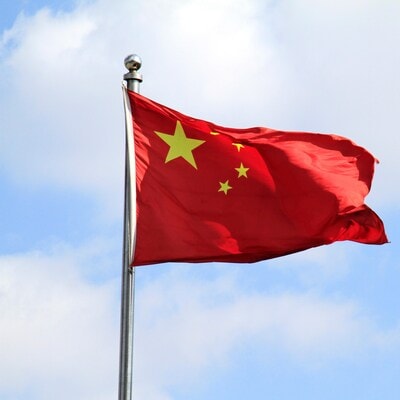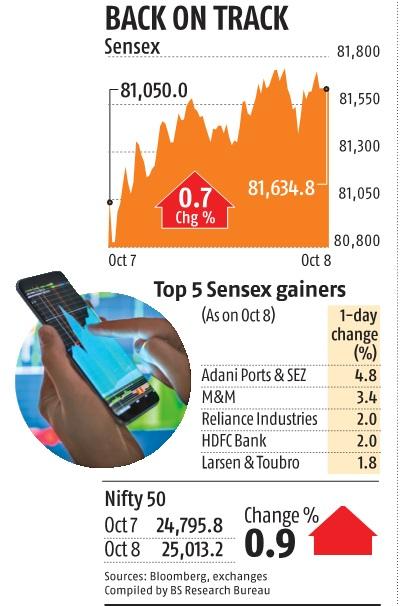)
Illustration: Binay Sinha
China-focused funds have surged between 27.8 and 61.4 per cent over the past month, attracting significant investor attention. Instead of being driven by FOMO (fear of missing out), investors must carefully evaluate the risks before deciding to invest.
Stimulus-driven rally
Click here to connect with us on WhatsApp
With the Chinese economy slowing down, these funds have underperformed over the past two-and-a-half years. “The recent rally occurred due to the monetary and fiscal stimulus from the Chinese government,” says Niranjan Avasthi, senior vice-president and head of products, marketing, and digital at Edelweiss Mutual Fund.
China’s 2024 stimulus package, estimated at 7.5 trillion yuan (Rs US $1.07 trillion), accounts for over 6 per cent of its GDP. “This large stimulus aims to support a weak property sector, increase retail consumption, and boost capital markets,” says Sapna Narang, managing partner, Capital League.
Key measures include reducing baseline interest rates by 20 basis points (bps), mortgage rates by 50 bps, and the reserve ratio by 50 bps. The minimum down payment required to buy a house has been reduced. Direct cash transfers to low-income households may be undertaken to spur consumption demand.
“These actions will increase liquidity, lower mortgage rates, and incentivise homebuyers,” says Rochak Bakshi, chief executive officer (CEO) and founder, True North Financial Services.
Reasonable valuations
Evolved investors wanting to diversify their portfolios geographically may consider the Chinese market. “It is the world’s second-largest economy, so some allocation to it makes sense,” says Bakshi.
Even after the rally, valuations remain reasonable. “If you’re looking to diversify into a relatively cheap market, China is a good option,” says Avasthi.
The Chinese government may leave no stone unturned in its quest to revive the economy. “This stimulus package is the largest in nominal terms in their history, showing the government’s strong intent,” says Narang.
Will the recovery sustain?
Investors contemplating an entry need to be cognizant of the risks. “Government interference in the corporate sector and potential escalations in US-China tensions, especially regarding technology, are concerns,” says Narang.
Bakshi notes that a Donald Trump presidency could lead to increased tariffs on Chinese imports.
China’s property sector has underperformed for years. “This year new home prices fell at the fastest pace in nine years, resulting in a negative wealth effect,” says Narang.
Issues like weak household consumption, salary cuts by companies, and high youth unemployment persist. If the government doesn’t offer further support, this rally could lose momentum.
China’s ageing population is another risk. “The country’s ageing demographics, resulting from its one-child policy, could lead to suppressed demand over the long term,” says Bakshi.
Investors need to carefully assess country-specific risks. “This is especially true of a market that is less transparent than the US. Additionally, US companies are globally diversified, which may not be the case with many Chinese firms,” says Kaustubh Belapurkar, director-manager research, Morningstar Investment Adviser.
Who should invest?
Experienced investors with large portfolios may invest with a 4-5-year horizon. Belapurkar advises a 3-5 per cent (of equity portfolio) allocation initially.
If you feel tempted to invest for short-term gains, stay out as chasing short-term gains could cause losses. After the sharp rise, Bakshi advocates investing via a Systematic Investment Plan (SIP).
Finally, Narang warns that with structural weaknesses persisting in China’s economy, the speed of recovery is uncertain and hence investors should enter cautiously.
First Published: Oct 08 2024 | 8:03 PM IST














Leave a Reply